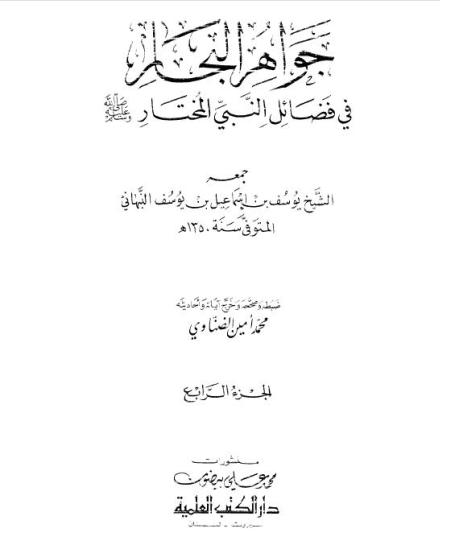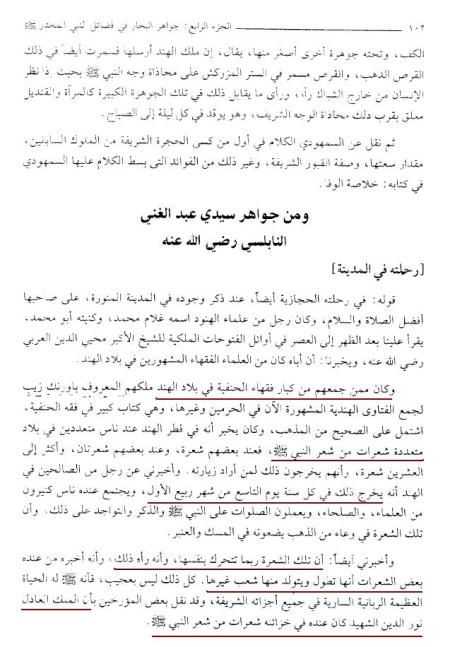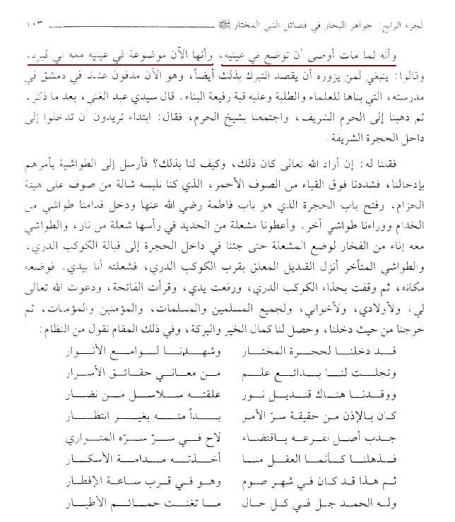A more recent and detailed article is found at his dissertation here with many references and more incidents (including the attempted dishonour to a Hair by a leader called Azad Khan) is found at:
http://dspace.vidyanidhi.org.in:8080/dspace/bitstream/2009/885/4/JMI-2001-179-3.pdf
The magazine article is found here:
http://www.islamicvoice.com/february.99/features.htm
"Of the numerous Muslim shrines in the Kashmir valley, Hazratbal is undoubtedly the most revered and sacred, being the repository of the hair of the Prophet (Pbuh), the Mo-i-Muqaddas. This shrine has for long been a spiritual and religious centre for the Muslims of Kashmir and a holy place for their co-religionists elsewhere in the world.

The exact historical sources reveal that the holy relic enshrined at Hazratbal was brought to Kashmir towards the end of the seventeenth century A.D. The eighteenth century [and seventeenth century] historians, Mirza Qalandar Baig [died 1700 CE and was a contemporary], in his Hujjat-i-Qasira, and Muhammad Azam Didamari, in his Waqiat-i-Kashmir, write that the holy relic was in the possession of one Hazrat Sayyed Abdullah, a descendant of the Prophet (Pbuh), a trustee of the holy shrine of Medina. The holy relic was originally in the custody of Hazrat Imam Hussain (AS), and has been in herited through successive generations of the Prophet’s family by him. In 1044 AH, corresponding to 1635 A.D., Sayyed Abdullah lost his trusteeship of the holy shrine in Medina due to a conflict over the custodianship with his paternal cousin, Hazrat Sayyed Hashim. The feud took an ugly turn, as a result of which the matter was brought to the notice of the Sultan of the Ottoman Empire, who ordered the governor of Medina to bring Sayyed Abdullah before the royal court. On not complying with the orders of the Sultan, Sayyed Abdullah’s property was confiscated and he was forced to leave Medina.
Following this, Sayyed Abdullah left for India via Basra, and after travelling for over two years, arrived in Bijapur in the Deccan in 1046 A.H., corresponding to 1637 A.D. Sayyed Abdullah was in possession of three holy relics-the sacred hair of the Prophet (Pbuh), the turban sharif of the Prophet (Pbuh) and the saddle of Hazrat Imam Ali’s horse. Sayyed Abdullah’s erstwhile position of having been a trustee of the holy shrine at Medina and the custodian of the holy relics impressed the ruler of Bijapur, who granted a fief in his favour. After having spent twenty three years in exile in Bijapur, Sayyed Abdullah died, and his son, Sayyed Hamid became the custodian of the holy relics.
In 1658, the Mughal Emperor Shah Jehan was taken ill, which led to a power struggle among his sons Dara Shikoh, Murad Baksh and Arurangzeb. Finally, Aurangzeb took the reigns of the Empire in his hands. Since during the power struggle Sayyed Abdullah was found sympathetic towards Dara Shikoh, Aurangzeb confiscated his estate and also deprived him of the other facilities provided by the previous regime to him. In order to recover his estate, sayyed Hamid went to Shajehanabad, as Delhi was called in those days, but it took a long time for him to get his estate restored. Consequently, he faced a great financial hardship. History has it that at this time a Kashmiri trader by the name of khwaja Nuruddin Ashawari had come to know that a descendant of the Prophet (Pbuh) was in Delhi, and out of reverence he went there to meet him. Ashawari learnt that Sayyed Hamid was in acute financial distress, and extended a large sum of money to him.
It is said that once Ashawari went to meet Sayyed Hamid. Coincidentally, that day was being commemorated as Miraj-un-Nabi, and Sayyed Hamid was displaying the holy relics to his family. Ashawari, too, got to have a glimpse of them. Some days later, Ashawari requested Sayyed Hamid that one of the holy relics be given to him so that it could be taken to Kashmir for the spiritual benefit of his countrymen. Sayyed Hamid replied that Ashawari was not fit for this ‘crown’, because he was a trader and so could not possibly maintain its sanctity. On the same night, however, it is said that the holy Prophet (Pbuh) appeared in a dream to Sayyed Hamid, directing him to accede to Ashawari’s request. The next morning Sayyed Hamid informed Ashawari about the dream, and asked him to choose one of the three relics in his possession so that the orders of the Prophet (Pbuh) were carried out. It is said that the sacred hair was given to Ashawari along with its khadim, Maidanish, who had been in charge of the relics right from Medina. In return for this, Ashawari offered precious gifts and a large some of money to the Sayyed.
On acquiring the sacred hair, Ashawari left along with the holy relic for Kashmir via Lahore. In the meantime, news reached Aurangzeb that Ashawari was in the possession of the holy relic. Aurangzeb ordered that the holy relic be brought to the royal court along with Ashawari. The emperor took the holy relic from Ashawari, and sought the confirmation of its authenticity from his spiritual guide, Hazrat Abu Saleh. After having tested the authenticity of the holy relic, Abu Saleh declared that the sacred hair was indeed that of the Prophet (Pbuh). Apart from this, Aurangzeb made other tests to confirm its authenticity. He exposed the sacred hair to sunlight but it did not cast a shadow on the earth. He then exposed it to fire, but there was no effect on it. Finally, the sacred hair was placed on a sheet of paper laced with honey, but not a single insect touched it [related also by Mirza Qalandar Baig]. Satisfied with its genuineness, Aurangzeb ordered that the holy relic be enshrined in Ajmer Sharif, at the dargah of Khwaja Moinuddin Chishti.
In the meantime, it said, Aurangzeb had a dream in which the Prophet (Pbuh) appeared and ordered him to return the holy relic to Ashawari. There upon, a royal edict was issued to produce Ashawari before the court. However, in the meantime, Ashawari had passed away, dying out of grief and shock at being dispossessed of the relic. In his place, Maidanish, the Khadim of the relic, went to the royal court informing Aurangzeb that before Ashawari died he had expressed his wish that he be buried wherever the holy relic was enshrined. Aurangzeb then decreed that the holy relic be taken to Kashmir under state arrangements and enshrined there and that Ashwari’s body be also taken along and buried in the vicinity of the shrine containing the holy relic. This is how the holy relic made its arrival in Kashmir.
Mirza Qalandar Baig, while expressing his joy on the arrival of the holy relic in Kashmir, writes that ‘Kashmir Medina bashud as Mo-i-Nabi’ (Kashmir has become the second Medina by the arrival of the sacred hair of the Prophet Muhammad (Pbuh). To begin with, the Mo-i-Muqaddas was kept in the Khanqah of Khwaja Moinuddin Naqshbandi (t) in Srinagar. However, owing to the huge rush of pilgrims which caused the death of several in a stampede, the then Mughal governor, Fazil Khan, convened a meeting of leading ulama and other citizens of Srinagar in which a decision was taken to shift the holy relic to the Bagh-i-Sadiq Khan, situated on the western banks of the Dal lake, as Hazratbal was known in those days. It was enshrined here in a pavilion built by the Mughal noble, Sadiq Khan.
From then to this day Hazratbal has seen many vicissitudes of fortune. At one time, the shrine was an important centre of Islamic learning. It had a large madrasa attached to it as well as a library which boasted one of the richest collections of Islamic texts and manuscripts in Kashmir. These, however, were destroyed in a devastating fire in 1993. Today, the Medinat-ul-Ulum madrasa of Hazratbal is a pale shadow of its former self. It has less than twenty students on its rolls, and the standard of education imparted therein is pitiable. One wishes that the Auqaf Trust, with the vast funds at its disposal, would turn its attention to addressing this pathetic situation and thereby help to make Hazratbal a leading centre of Islamic learning in Kashmir."



